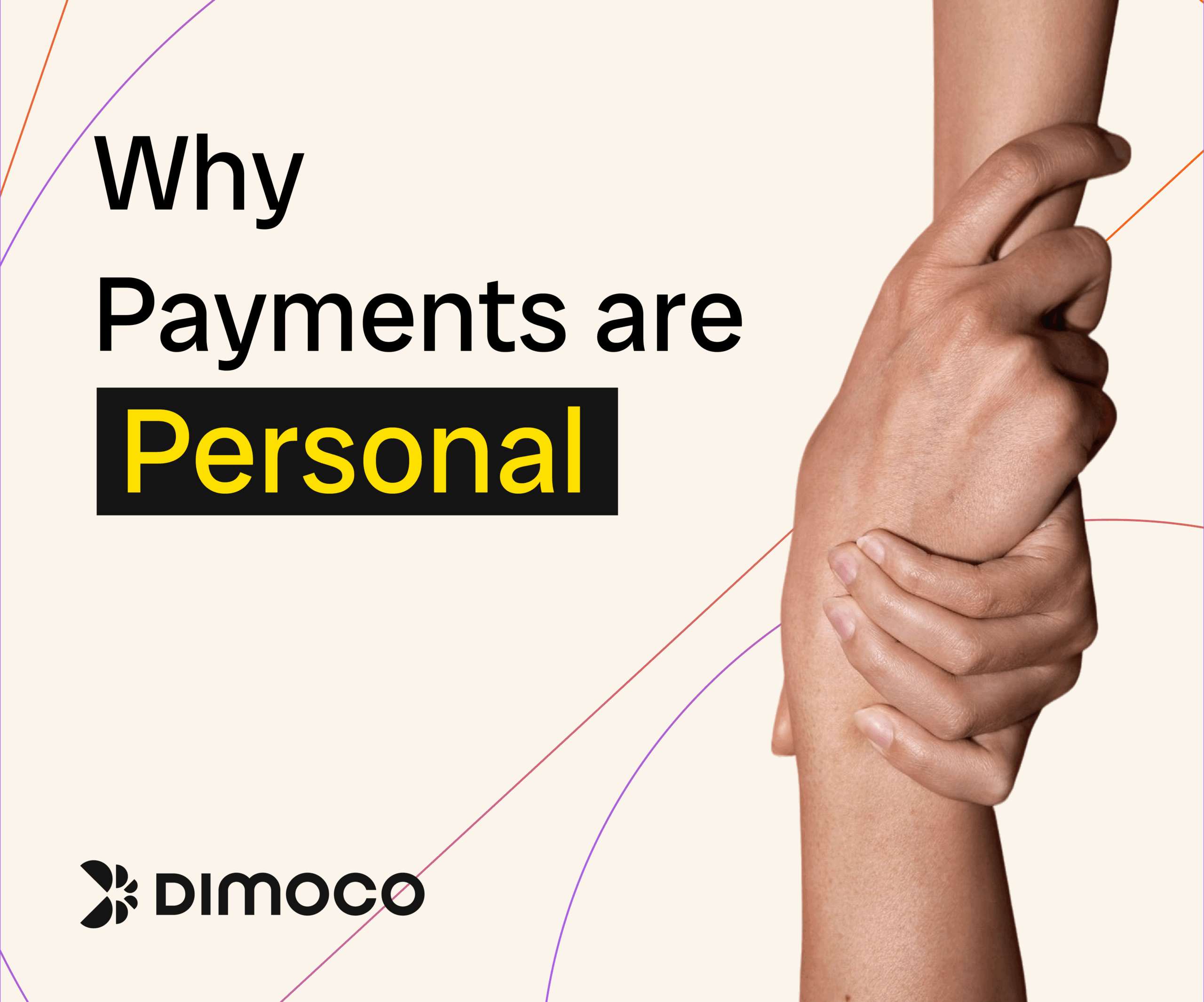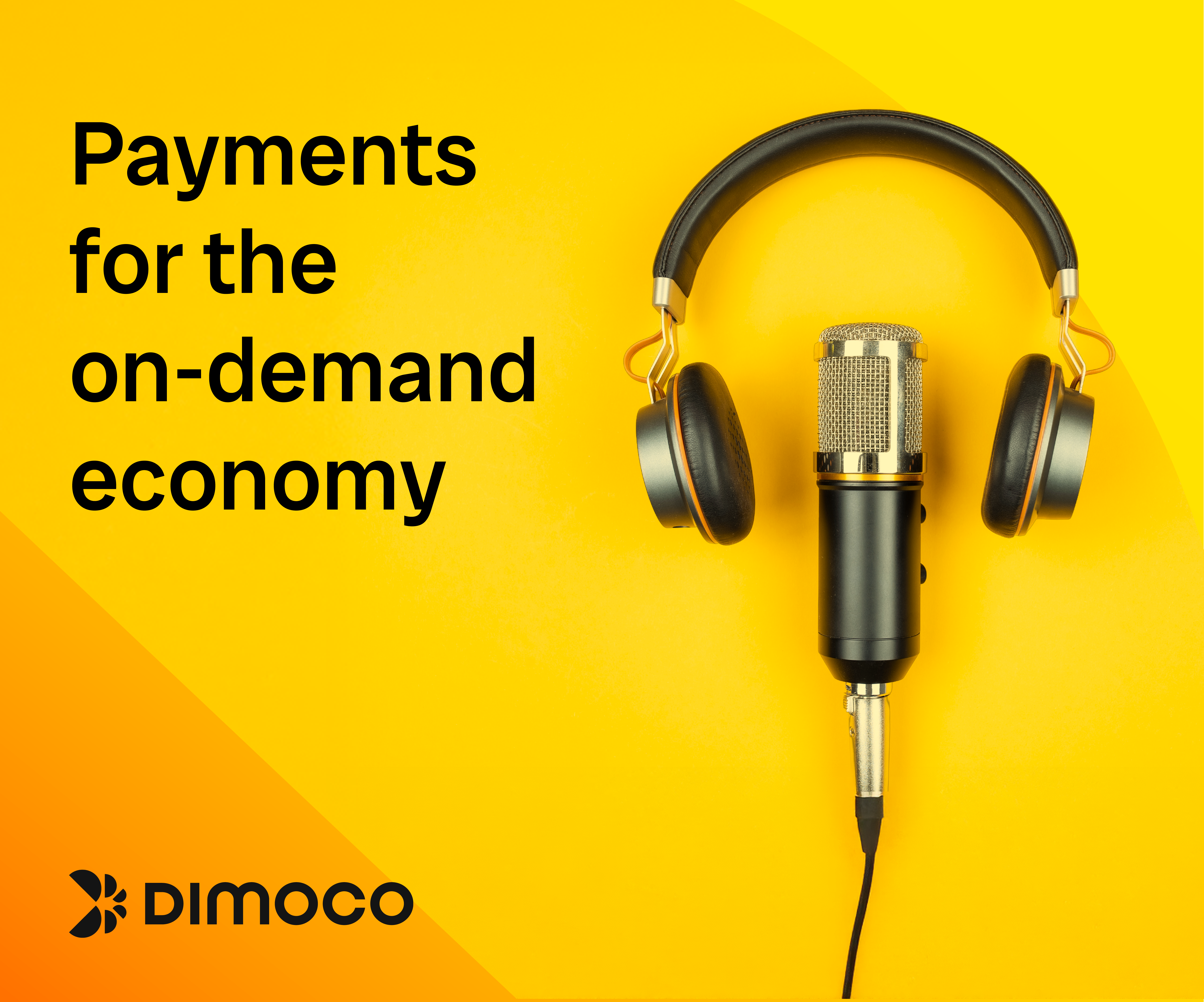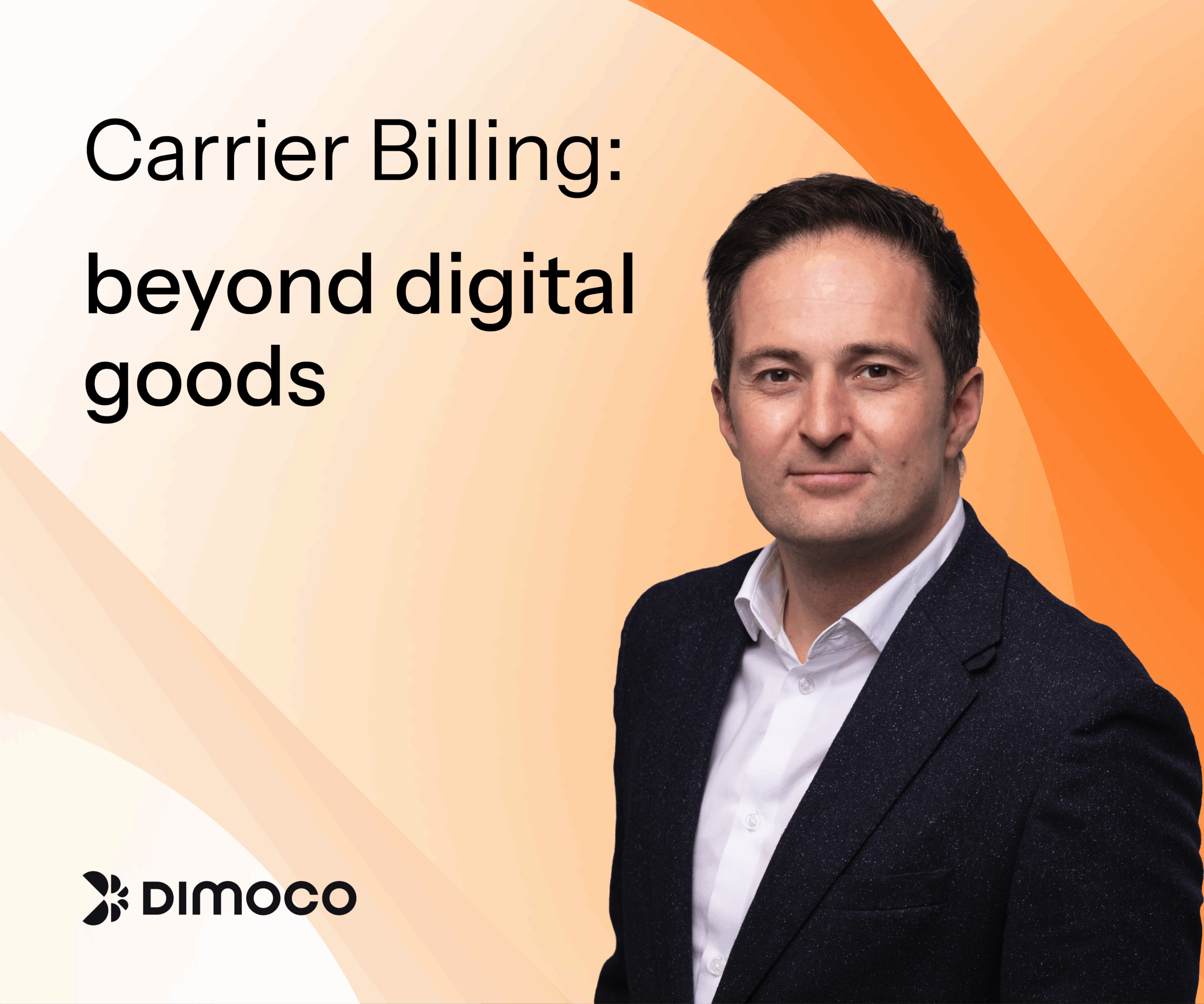The subscription economy and the checkout advantage
Insights from Clemens Leitner, CEO of DIMOCO. Blog written from video published by Payments Cards & Mobile.
As consumers shift toward convenience, ownership is giving way to access, and nowhere is this more evident than in the meteoric rise of subscription-based payments. According to Clemens Leitner, CEO of DIMOCO, subscription models are not just a trend but a structural change in how people consume products and services. By 2028, the global subscription economy is expected to hit the USD 1 trillion mark.
“The average European already holds three active subscriptions, not even counting internet or mobile phone contracts,” Leitner explains. “From video content to newspapers to even underwear, if there’s a product, chances are someone is offering it on a subscription basis.”
However, despite growing consumer appetite, many merchants remain unprepared. Leitner highlights a significant gap in infrastructure: “A surprising number of businesses still lack the systems needed to properly support recurring payments. That limits their growth in a market increasingly defined by repeat, frictionless billing.”
The checkout experience: A merchant’s secret weapon
In a crowded subscription market, differentiation goes beyond pricing or content. It’s often the checkout experience that makes or breaks a sale. Leitner believes a smooth, intuitive checkout is one of the most underutilized tools in a merchant’s arsenal.
“In many industries, the checkout process is the moment of truth. A single hiccup can derail a conversion,” he says. “We’ve seen it with ePublishing. Even the most compelling content won’t matter if the signup flow is clunky or confusing.”
To stay competitive, merchants must prioritize seamless onboarding. Leitner emphasizes that the ideal checkout should be fast, user-friendly, and tailored specifically for recurring payments. Friction at this stage doesn’t just hurt conversion rates. It can also undermine long-term customer retention.
Industry-Specific Challenges
While all subscription businesses benefit from streamlined payment experiences, each industry faces its own unique challenges. These differences are shaped by the nature of the product, pricing models, customer demographics, and geographical reach.
Take media services, for example. “Video streaming is incredibly competitive,” says Leitner. “Success depends on easy signups, free trials, and bundled offerings to attract and retain users.” In contrast, music services typically enjoy more loyalty but rely heavily on uninterrupted, low-friction renewals.
Despite these nuances, one truth holds across the board: streamlined checkouts lead to higher conversion. “The less work your customer has to do, the more likely they are to commit,” he adds.
What’s next for subscription payments?
The future of subscription payments lies in making transactions even more invisible and intelligent. Leitner outlines several key trends that will shape the next chapter of the subscription economy:
- Carrier Billing: With mobile as the dominant channel for content consumption, charging directly to users’ phone bills presents a seamless alternative, especially for app-based services.
- Digital wallets & biometrics: Technologies like Apple Pay, Google Pay, and facial recognition will continue to streamline the payment experience, offering speed without sacrificing security.
- AI-Driven subscription management: Smart assistants that help users manage subscriptions by pausing unused services or suggesting cheaper plans will empower consumers and reduce churn.
“The businesses that succeed will be those that remove friction while giving users control,” says Leitner. “Customers want easy access, but they also want to feel in charge. That balance will define the best subscription experiences going forward.”
In a world where subscriptions are becoming the default, the companies that invest in frictionless, transparent, and customer-centric payment experiences will come out ahead, one smooth checkout at a time.



